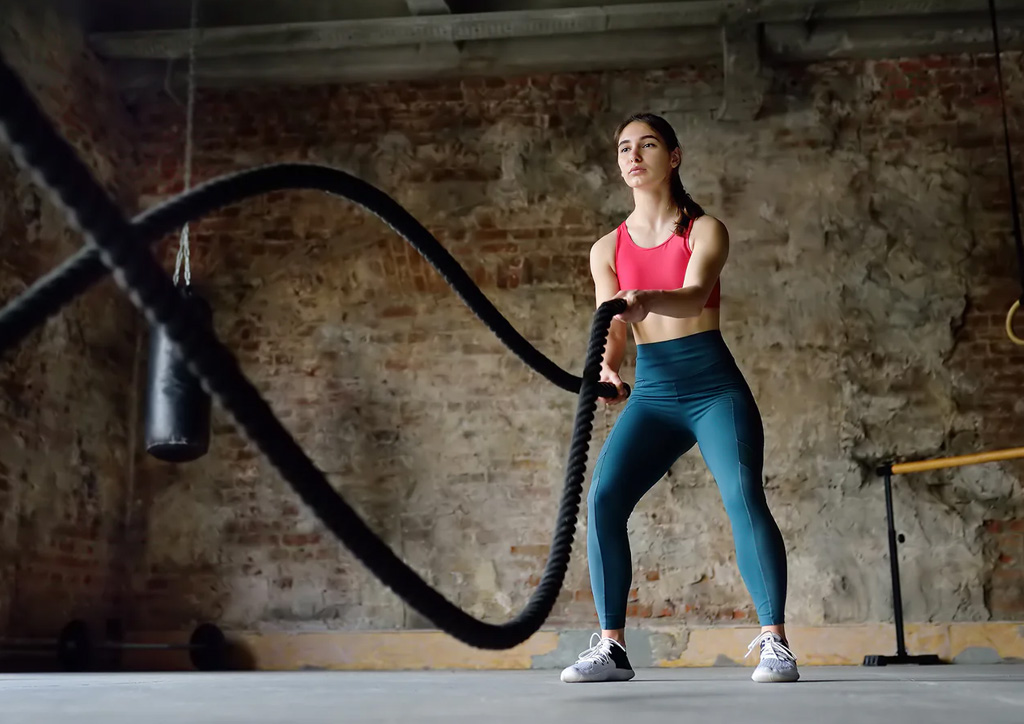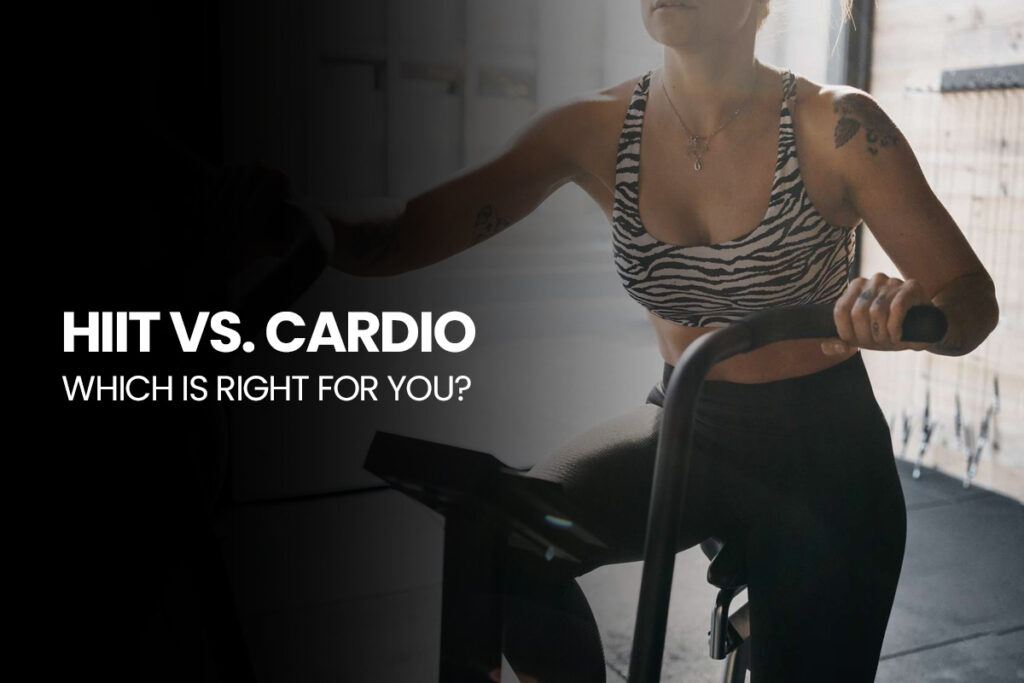Introduction
- Explanation of HIIT (High-Intensity Interval Training) and traditional Cardio workouts.
- Importance of cardiovascular exercise for overall fitness and health.
- Brief overview of what the post will cover.
Key Differences Between HIIT and Cardio

- Intensity and Duration
- HIIT: Shorter duration (typically 15-30 minutes), high intensity during intervals.
- Cardio: Longer duration (30 minutes to an hour or more), moderate intensity sustained throughout.
- Calorie Burn
- HIIT: Higher calorie burn per minute due to intensity and post-exercise calorie consumption.
- Cardio: Moderate calorie burn during the workout.
- Effects on Metabolism
- HIIT: Can boost metabolism for hours after exercise due to EPOC (Excess Post-Exercise Oxygen Consumption).
Cardio: Provides a steady calorie burn during exercise but may not have as significant an afterburn effect.
Benefits of HIIT

- Efficiency
- Ability to achieve fitness goals in less time compared to traditional cardio workouts.
- Ideal for individuals with busy schedules.
- Fat Loss
- HIIT has been shown to be effective for burning fat and preserving lean muscle mass.
- Potential for increased metabolic rate.
- Cardiovascular Health
HIIT can improve cardiovascular fitness, including heart health and VO2 max.
Benefits of Cardio

- Endurance
- Improved endurance and stamina for sustained physical activities.
- Ideal for long-distance runners, cyclists, and other endurance athletes.
- Stress Reduction
- Cardio workouts are often associated with stress reduction and mood improvement.
- Release of endorphins during sustained aerobic exercise.
- Low-Impact Options
Many cardio exercises (e.g., swimming, cycling) offer low-impact options for individuals with joint issues or injuries.
Factors to Consider in Choosing Between HIIT and Cardio

- Fitness Goals
- Weight loss and fat burning: HIIT may be more effective.
- Endurance and cardiovascular health: Cardio may be preferable.
- Time Availability
- HIIT is ideal for individuals with limited time for workouts.
- Cardio may require longer sessions for desired results.
- Fitness Level and Preferences
- HIIT may be challenging for beginners or individuals with certain health conditions.
Cardio offers a variety of options and intensity levels to suit different preferences
Combining HIIT and Cardio

- Hybrid Workouts
- Benefits of combining HIIT and cardio elements in a single workout session.
- Example: Warm-up with cardio, followed by HIIT intervals, and cool-down with steady-state cardio.
- Variety and Cross-Training
- Importance of incorporating both HIIT and cardio into a well-rounded fitness routine.
- Cross-training benefits for overall fitness, muscle balance, and injury prevention.
Conclusion
- Recap of the key differences and benefits of HIIT and cardio workouts.
- Encouragement to choose a workout style that aligns with individual goals, preferences, and fitness levels.
Invitation for readers to share their experiences or questions about HIIT and cardio in the comments


